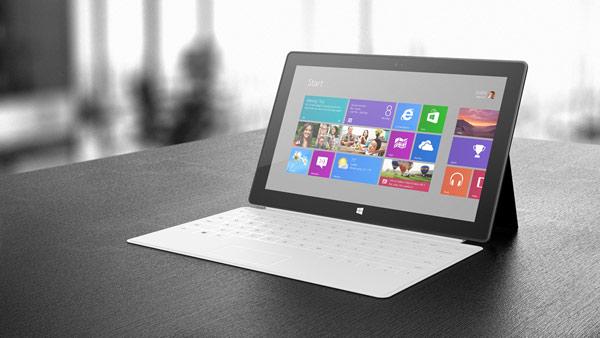Is Windows RT Doomed?
Windows RT, does the bell toll for thee? During this week’s Consumer Electronics Show (CES) in Las Vegas, Samsung announced that it wouldn’t release its Windows RT device in the United States. Mike Abary, senior vice president of Samsung’s Consumer IT Product Marketing, told CNET that “we did some tests and studies on how we could go to market with a Windows RT device” and determined “there was a lot of heavy lifting we still needed to do to educate the consumer on what Windows RT was.” That heavy lifting, he added, would require such “heavy investment” that the company “decided maybe we ought to wait.” Last summer, Hewlett-Packard likewise decided to suspend plans for a Windows RT device; Toshiba also followed suit. Todd Bradley, head of HP’s PC-manufacturing division, told CITEworld back in November that Windows RT “tends to be slow,” which isn’t exactly a ringing endorsement. Back when Microsoft began the development process for Windows 8, executives made the decision to create a version of the next-generation operating system for the ARM chip architecture that powers a large percentage of mobile devices currently on the market. Microsoft gave his ARM-ready version the name “Windows RT” in order to differentiate it from Windows 8, which runs on the x86 architecture that dominates the laptop-and-desktop market. An ARM-powered Windows would allow Microsoft to make inroads into the tablet market, which is currently dominated by Apple’s iPad and a plethora of Google Android devices, including Amazon’s Kindle and Samsung’s Galaxy Tab. That was the theory, at least; but the platform faced several obstacles to widespread adoption, including an inability to run software built for previous Windows versions. The development of Windows RT also necessitated the heavy courting of third-party developers to build lots and lots of apps for the built-in Windows Store—a campaign still in its early stages, with an uncertain outcome. In addition to releasing Windows 8 and Windows RT to its hardware partners, Microsoft also built an in-house tablet, Surface, which it positioned as a flagship device for the operating systems. The Windows RT version of Surface may have sold a little more than a million units last quarter, according to research firm IHS iSuppli; another analyst group, Detwiler Fenton, placed that number at roughly half a million units. If those estimates are even roughly in the ballpark of actual sales, then Surface has little chance of outpacing competition like the iPad, which sold 14 million units last quarter. Microsoft plans on launching Surface Pro, a version of the tablet running Windows 8, later in January. And if manufacturers pull their support for Windows RT, especially in a massive market like the United States, it could spell serious trouble for the platform—not a good thing for Microsoft, especially at a time when outside analysts are suggesting that overall Windows 8 sales are sluggish. Image: Microsoft

